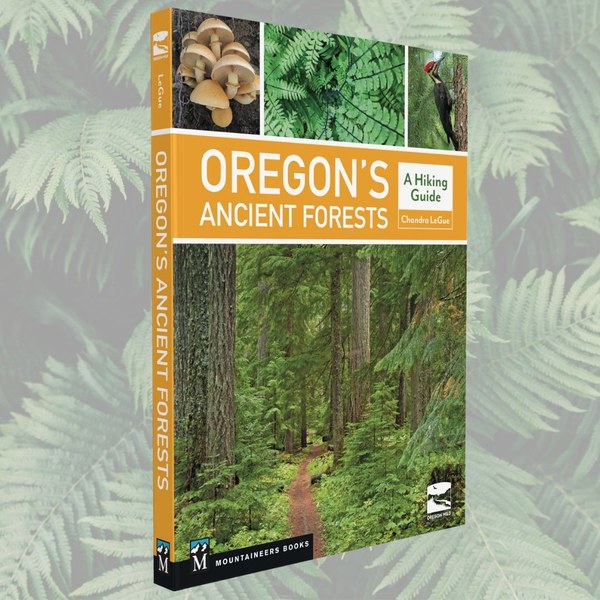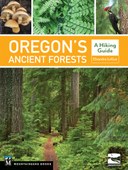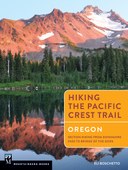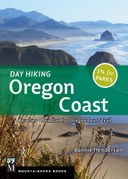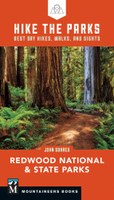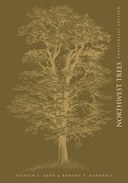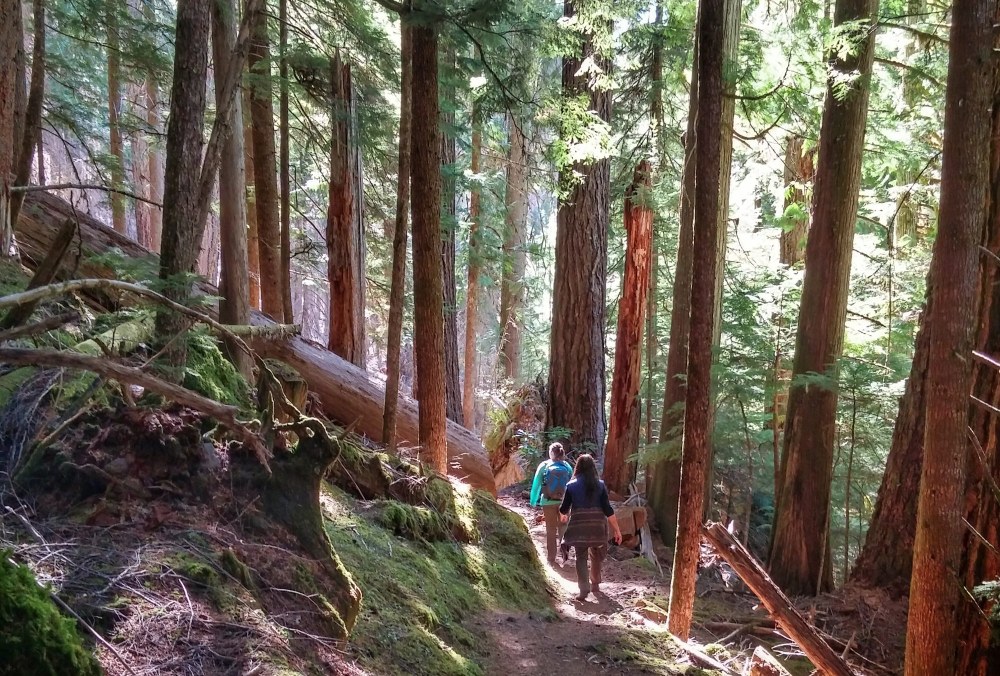
Going for a hike in an ancient forest is a lot more interesting if you are armed with an inquisitive attitude, a little knowledge and context, and some extra time to enjoy the special place you are in. Here are a few tips that can help you have the best experience.
LOOK UP!
It’s all well and good to watch the trail at your feet so you don’t trip or fall, and wonderful to admire the girth of trees at eye level, but most of the forest is towering above you. First, stop hiking (walking while looking up is a sure way to lose your balance). Once stopped, look up at the forest canopy, or follow a particular trunk to its top. Perhaps what you thought was a live tree is actually a snag. You might notice interesting characteristics like twisted branching arms or multistemmed tops, or cavities that owls might nest in.
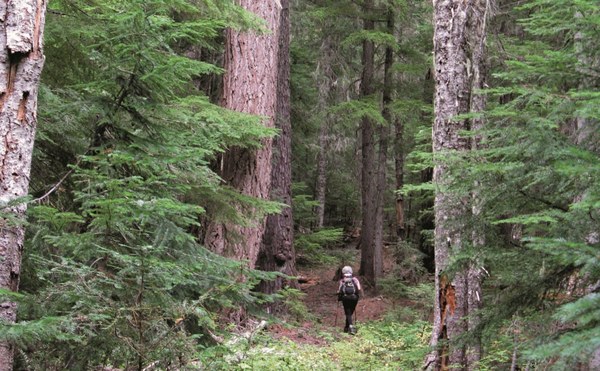 A hiker is dwarfed by towering trees in the Waldo Lake Wilderness along the Black Creek Trail. Photo by Chandra LeGue.
A hiker is dwarfed by towering trees in the Waldo Lake Wilderness along the Black Creek Trail. Photo by Chandra LeGue.
GET TO KNOW THE TREES OF OREGON’S FORESTS.
Being a student of the forest is a fun way to enjoy your hike even more. Become familiar with the different leaves and needles, bark, cones, and shapes of different trees. Even if you don’t know what every tree is, exploring the differences between them is a great way to learn. And remember, not all trees in an ancient forest are big and old, and there can be a variety of vegetation. Small trees, shrubs, and wildflowers in the understory are fascinating to learn about as well.
Editor's Note: To learn more about the types of ancient forests that exist in Oregon, CHECK OUT OUR BLOG POST ON THE TOPIC.
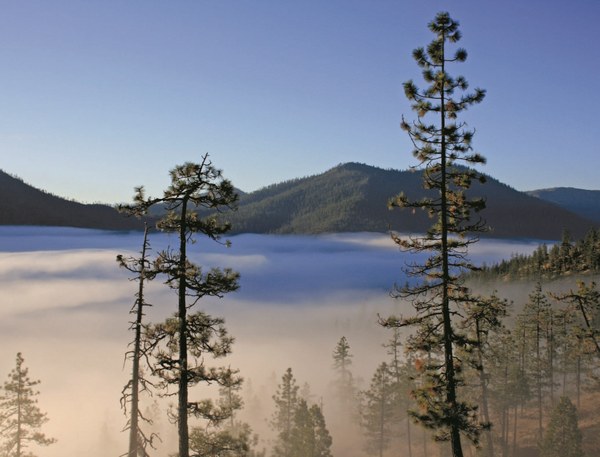 Fog hangs on the trees and hills surrounding the Kalmiopsis Wilderness. Photo by Chandra LeGue.
Fog hangs on the trees and hills surrounding the Kalmiopsis Wilderness. Photo by Chandra LeGue.
BE A FOREST DETECTIVE.
Enjoying the forest can mean thinking about the forest’s origins and how it has developed and changed. You don’t need to be a scientist to look for signs of past logging (like stumps or same-aged trees), signs of past fire (like burn scars, charred stumps, or down logs), and signs of different successional stages. It can be quite fascinating to think about how individual trees, small stands, and whole vast forests have changed over time—and there’s no better time to do so than when hiking through an ancient forest.
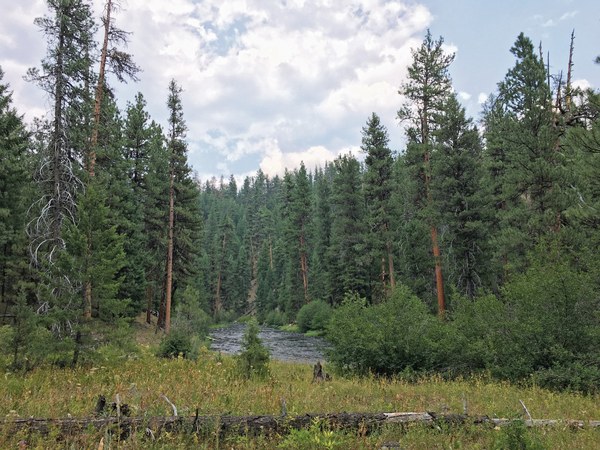 Malheur River Canyon in Blue Mountains Region. Photo by Chandra LeGue
Malheur River Canyon in Blue Mountains Region. Photo by Chandra LeGue
EAT AND BE MERRY!
Ancient forests, with their diverse vegetation and network of organisms, offer a smorgasbord of tasty treats if you know what to look for and take the time to properly identify them. From oxalis and wild ginger leaves lining the trail, to multiple types of huckleberries on late-summer shrubs, to chanterelles and morels popping out of the ground, wild foods can be nutritious and delicious. Remember that mushroom gathering is prohibited in designated wilderness and be sure you know what something is before you eat it.
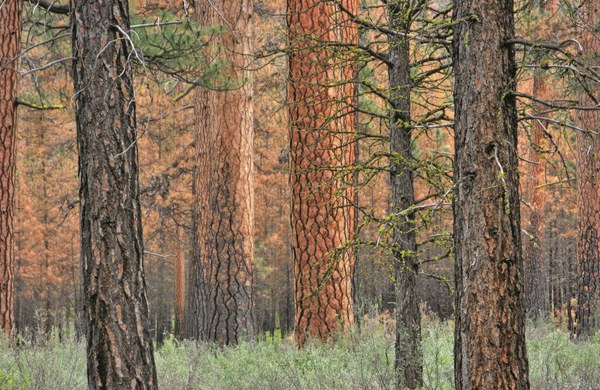 A forest of ponderosa pines lines the spectacular Wild and Scenic Metolius River. Photo by Brizz Meddings.
A forest of ponderosa pines lines the spectacular Wild and Scenic Metolius River. Photo by Brizz Meddings.
TAKE YOUR TIME.
Enjoying ancient forests isn’t just about hiking the trails through them—it’s also about just hanging out to get the full experience. Sitting or standing still in the forest—over lunch, while resting, or just because—opens you up to seeing more wildlife, noticing more of the forest floor vegetation, listening to the forest sounds, and really getting a feel for the special place you are in.
Above all, have fun, use common sense, and enjoy your adventures in Oregon’s ancient forests.
Photo at top: Hikers enjoy the towering trees along the upper Middle Fork Willamette River Trail. Photo by Janessa Dragovich.
Learn more about Oregon's ancient forests, one of the region’s most precious treasures, in Oregon's Ancient Forests: A Hiking Guide. A portion of the proceeds from the sale of this book benefit Oregon Wild and their advocacy work to protect Oregon’s most precious wild areas.
Plus, meet the author, Chandra LeGue, at one of several events around the state.
 Chandra LeGue
Chandra LeGue
